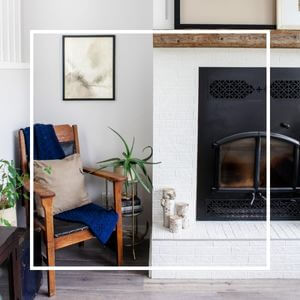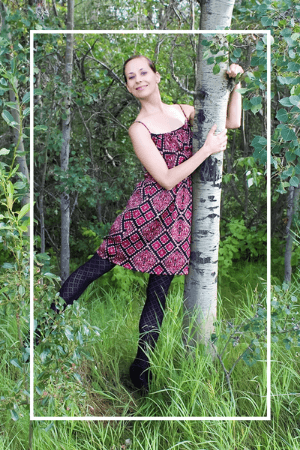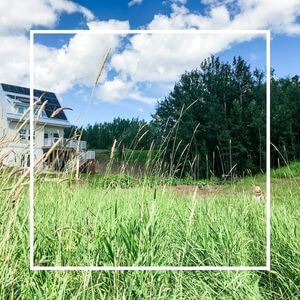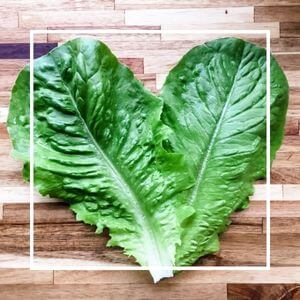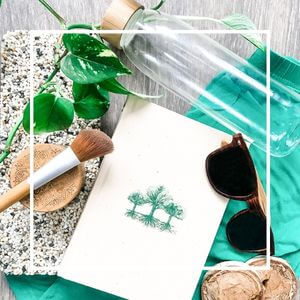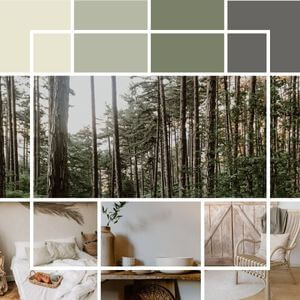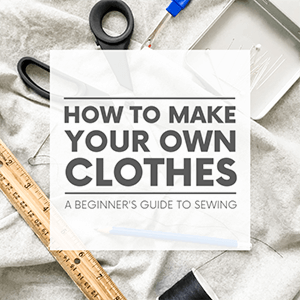 Learning to make your own clothes takes time, but the effort is well worth it for eco-minded individuals looking to make their wardrobe more sustainable.
Learning to make your own clothes takes time, but the effort is well worth it for eco-minded individuals looking to make their wardrobe more sustainable.
Once upon a time, it was very common to make your own clothes from the comfort of your home. Sadly, these days the art of sewing has fallen to the wayside.
Yet, the ability to repair and create our own outfits plays a substantial role in living a more sustainable lifestyle.
Let’s explore how to start sewing your own clothes. Say goodbye to fast fashion and hello to DIY threads!
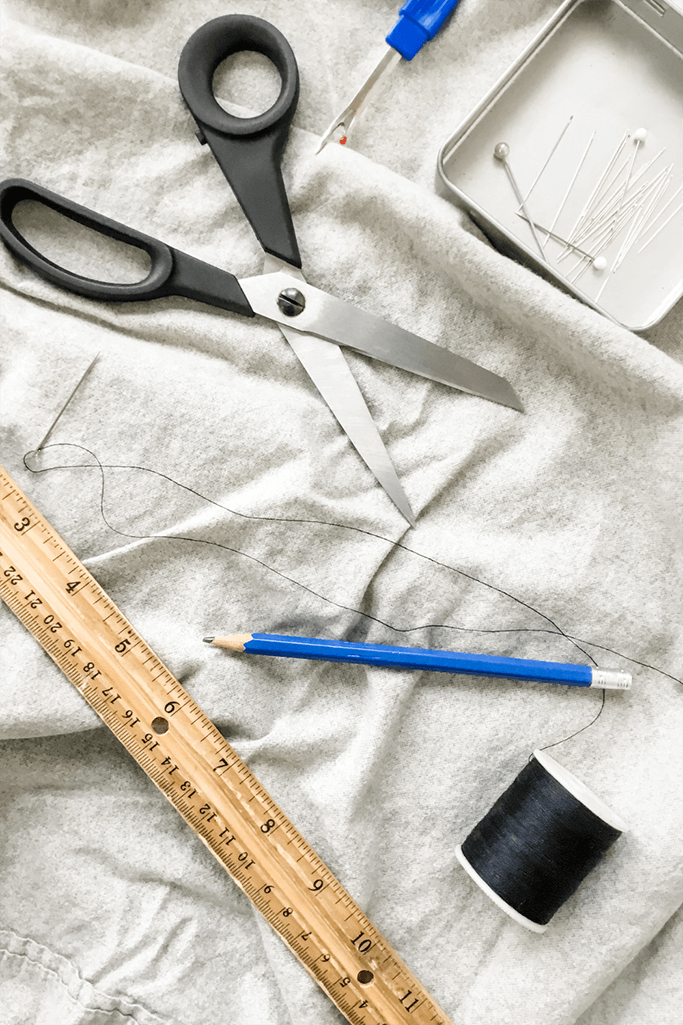
Gather the Right Supplies
When you’re just starting out with clothing creation, it’s important to gather all the tools you need. A sewing machine, a great pair of fabric scissors, and a needle assortment all last a long time and are an investment worth making.
However, one the most important – and most overlooked – supplies for making your own clothes are rulers. Quilting rulers are a great place to start as they are see-through and help you achieve accurate cuts.
Wooden rulers may be more eco-friendly, but aren’t as friendly to beginners still learning the nature of the material they’re working with. Plus, if you invest in some good quilting rulers you should have them for years and years.
Start with Simple, Beginner-Friendly Garments
Making your own clothes for the first time often reveals that following a pattern isn’t as simple as it seems.
Start with garments that tend to have a looser fit, like pajama pants or skirts, which will be more forgiving of your beginner skills. The key is to build your confidence first!
After that, you can start picking up new techniques by exploring your sewing machine features, watching tutorials, or attending community workshops!
Decide How to Source Your Fabrics
In the world of self-sufficient clothing makers, there’s some debate over what fabric sources are best. Ultimately, what you choose is up to your values, what you can access and your financial means.
The easiest way to source fabric is to buy it new from craft stores. However, these mass-produced bolts aren’t necessarily a sustainable option. Another option to consider is sustainably made fabrics such as those made from recycled, compostable or organic materials. These options are expensive, but definitely more eco-conscious.
And thankfully in some cases, you can find entire bolts of fabric available secondhand on online marketplaces or at deadstock outlets. Another way to reuse fabric is to repurpose old clothing from thrift stores – or from your own closet!
Making an effort to start sewing your own clothes is a fantastic step towards lowering your reliance on mass manufacturing. Making one shirt instead of buying it from a shelf might seem like a small change, but these skills have significant implications for the impact we can have.
After all, teaching sustainable living to ourselves, our families, and our communities creates paths for lasting change!
PIN ME!
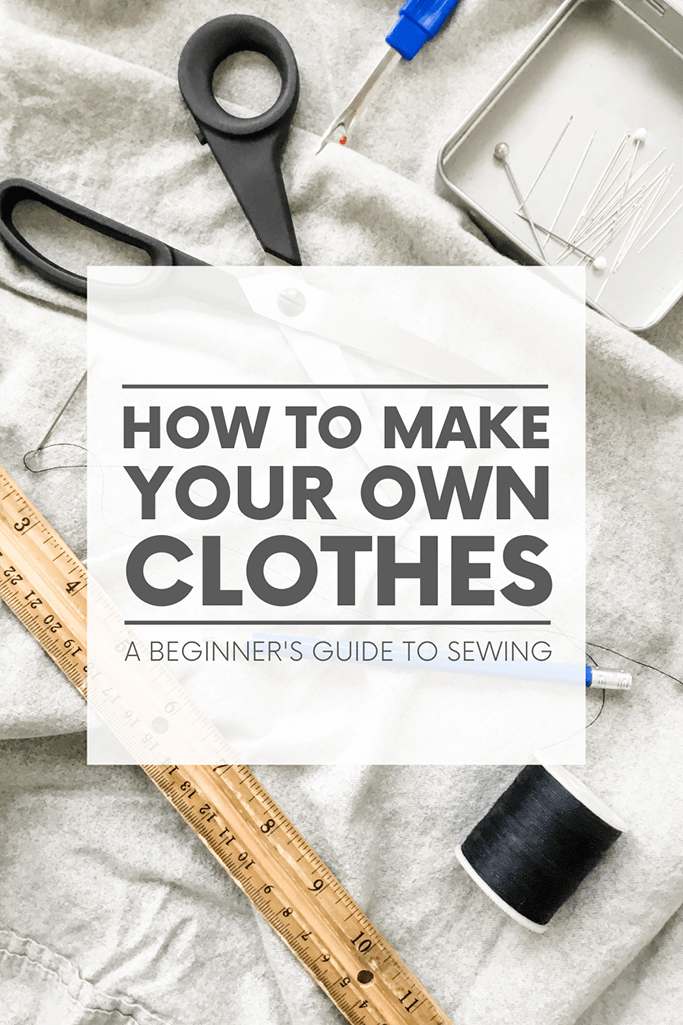
Posted on December 28, 2021
Former architectural technologist. Current treehugger.
I’m here to help you green your home – and your life.
Subscribe to the Of Houses and Trees monthly newsletter and I’ll send you my FREE list of “The 8 Best Places to Buy Eco-Conscious Decor Online.”
What on earth is sustainable design? Learn all about this eco-focused design method and read the latest posts about green architecture, interior design and decor.
Sustainable living is more than just a thing treehuggers talk about. It’s about making conscious choices everyday. Read the latest posts on living with the planet’s wellbeing always in mind.
Visit the Of Houses and Trees sustainable product directory and support brands trying to make a difference in the world.
Find out more about our 40 acres of land in Parkland County, Alberta and the sustainable home we built amongst the trees.
Need help creating the home of your dreams? Care about the planet? You’ve come to the right place! check out my affordable, sustainable e-design services.
Having a had time choosing paint colours? I’ve got you – and your walls – covered with an interior paint palette sure to compliment your home.
Have questions about creating an eco-conscious home? Go ahead – ask me! Sign up for one of my free online interior design consultations and ask me anything you want.
